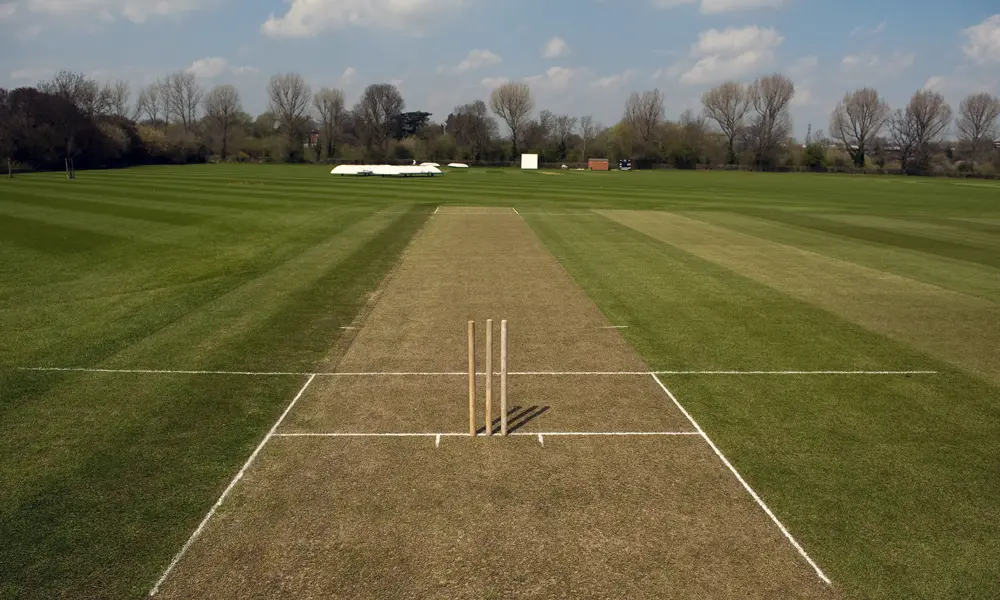Unveiling the Science Behind the Perfect Cricket Pitch

Cricket, often hailed as a game of skill and strategy, owes much of its intrigue and challenge to the playing surface—the cricket pitch. Beneath its seemingly simple appearance lies a complex interplay of scientific principles and meticulous craftsmanship. This blog delves into the fascinating world of cricket pitch preparation, exploring the science behind creating the ideal playing surface that can influence the outcome of matches.
Understanding the Basics
A cricket pitch is a strip of carefully prepared ground where most of the action unfolds during a cricket match. It measures 22 yards (20.12 meters) in length and typically ranges from 10 to 3.05 meters in width. The pitch is composed of closely trimmed grass and compacted soil, with specific dimensions and characteristics crucial to ensuring fair play and maintaining the balance between bat and ball.
Soil Composition and Preparation
The foundation of a cricket pitch begins with soil composition. Groundsmen meticulously select and blend different types of soil to achieve the desired consistency and drainage properties. Clay soils are often preferred for their ability to retain moisture and provide a firm base, crucial for supporting the bowler's footholds and ensuring consistent bounce throughout the match.
Rolling and Compaction
Once the soil is laid, the pitch undergoes a series of rolling and compacting processes. Heavy rollers are used to compress the soil, enhancing its stability and firmness. This compaction ensures that the pitch maintains its integrity under the impact of fast-paced deliveries and vigorous batting strokes, minimizing variations in bounce and pace.
Grass Management
The grass covering on the pitch is equally critical, influencing the behavior of the ball as it travels towards the batsman. Groundsmen carefully regulate the height and density of the grass, mowing it to a precise length that promotes even bounce and facilitates movement for spin bowlers. The grass also plays a role in moisture retention, affecting how the pitch behaves over the course of a match.
Monitoring and Adjustments
Preparing the perfect cricket pitch is an ongoing process that requires constant monitoring and adjustments. Groundsmen use moisture meters to gauge the hydration levels of the pitch, ensuring it remains neither too dry nor too damp, which can affect ball movement and bowler performance. Regular rolling and light watering during intervals help maintain pitch conditions throughout a match, adapting to factors like weather and player wear.
Impact on Gameplay
The science behind the perfect cricket pitch extends beyond mere preparation—it directly influences gameplay dynamics. A well-prepared pitch offers a balance between batting and bowling challenges, rewarding skillful play and strategic adaptation. Its characteristics evolve over the course of a match, responding to factors like wear, weather conditions, and the intensity of play, adding an element of unpredictability that defines the essence of cricket.
Conclusion
In conclusion, the science behind creating the perfect cricket pitch is a blend of artistry, precision, and understanding of natural processes. Groundsmen, often unsung heroes of the game, play a pivotal role in shaping the conditions that determine the outcome of matches. As cricket continues to evolve, so too does the pursuit of mastering the science behind the pitch, ensuring that each playing surface remains a testament to the sport's rich heritage and enduring allure.

